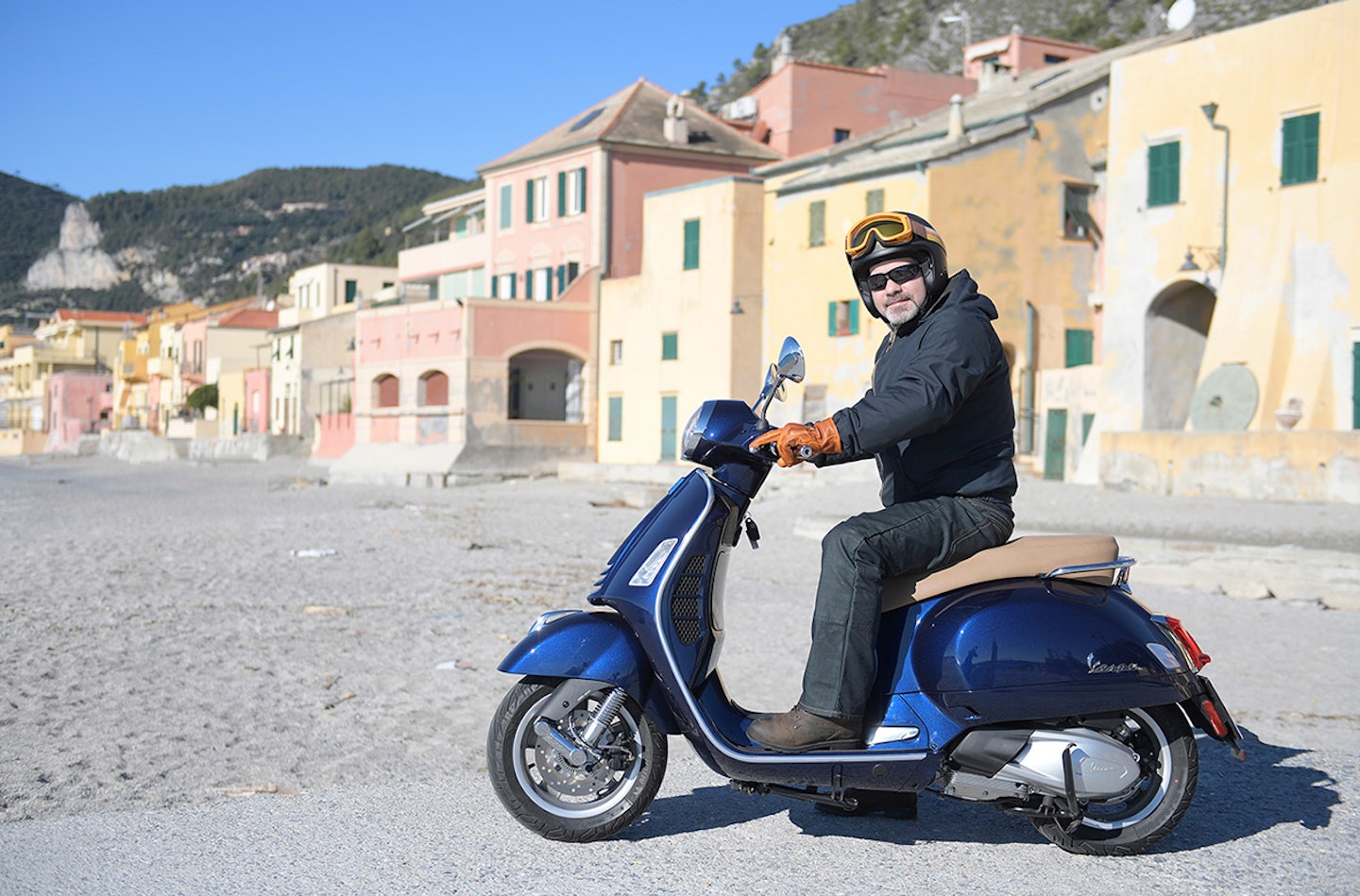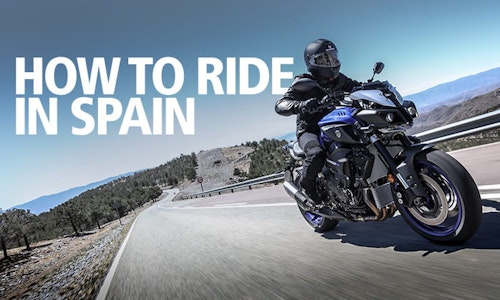Travel Advice
Some bright spark once described adventure as ‘a journey without a plan’. Travelling by bike can be either the most inspirational, memorable event of your life or the most frustrating (but still probably memorable – for the wrong reasons). The difference is a plan and making a plan needs help and advice from riders who already made their mistakes. BikeSocial doesn’t tell you where to go or do many travelogue-type features, but we can help you learn the things you need to know about riding in France, Spain, America or many other places.
You might be also interested in
Get a quote
We search our panel of insurers to find you our best price for the cover you need

